Last Updated on June 26, 2024 by Teri Rehkopf
| DISCLOSURE: Some links in this article are affiliate links, meaning I receive a commission at no extra cost to you. Thank you for purchasing through us and for your support! Please read my DISCLOSURE STATEMENT for more info. |
Micro-movable homesteads are on the rise for survival prepping. The cost of living has continued to rise, and the size and prices of homes have grown right along with it. Huge homes are located in almost every neighborhood in cities and small towns.
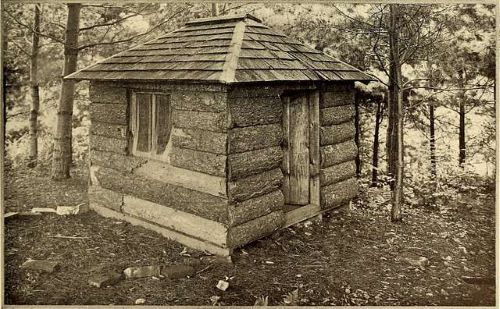
Architecture, Domestic, Landscape gardening,
New York: Munn and Co, Smithsonian Libraries
The accumulation of things to fill these homes is unprecedented. While this might seem like the good life, part of the American dream, there’s a downside, and it’s not pretty.
You can become trapped by your home, surrounded by material things that—instead of making you happy and making life easier—are making you work harder just to keep up.
If you decide to relocate, you could be out of luck because selling your home depends on the housing market. There is a better option for a life that gives you a taste of what it can truly mean to live happily and free from the rat race.
It’s also a great option for those who want to build a survival home in the event of an emergency, so whatever your reasons are, a micro homestead could be the answer for you.
What Are Micro Homesteads?
When you think about micro homesteads, think small, manageable, and efficient. Think about freedom from stress and the assurance that you can provide all you need for yourself.
Micro homesteads are all about self-sufficiency. These are homesteads that really cut all of the excess material possessions out. People who choose micro homesteading have very small homes.
Many of these homes are complete at no bigger than the size of a tiny bedroom like you’d find in a regular home. You get all of the rooms in one living space. The bedroom, kitchen, dining room and a small space for a bathroom.
What’s great about this kind of living is that – not only does it free you up from being owned by your possessions – but these homes are very affordable. The ability to own one of these homes can be as cheap as the cost of just a down payment on a big home.
And best of all, with these micro homes, you’re not stuck anywhere. Not ever. These homes are portable – so when you want to go live somewhere else, you simply make sure any breakables in the home are secure, and off you go.

trib.al
You aren’t tied to the grid in any way. You’re completely self-sufficient because your home – and your way of life – are self-sustaining. When you use a tiny home, you can create a micro homestead.
Using just a small portion of land where you’ve placed your home, you can plant crops serving all your food needs. Using nutrient-density planting, you can plan food for yourself and even have some leftovers if you want to share it or sell it.
Homesteading Knowledge Metal Tin Sign. DIY Cleaning Products. Farm House Living Room Kitchen Bathroom Home. Art Wall Decoration Plaque Gift
Some micro homesteads also raise chickens for the eggs. Micro homesteads allow those who live this way to live from what the earth can provide. They can plant crops and harvest them, then use them in canning and other healthy ways of eating.
How to Design or Build a Micro Homestead
When designing or building a micro homestead, you can have virtually anything you want. If you’re handy with creating things, you can build one yourself by plans that you find online or through using planning books you can borrow or buy.
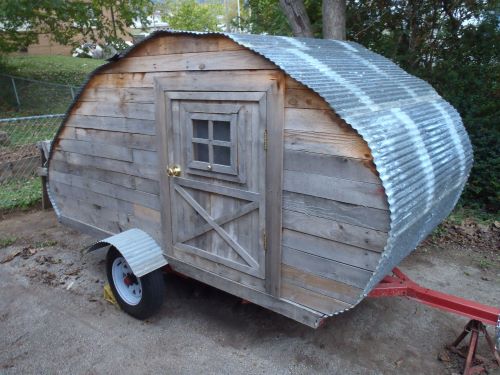
Joshua Kroetsch
The cost of the plans will vary depending on where you get them. If you’re not good at handling a hammer and nails or knowing how to fit things together to create a micro homestead, you can hire someone to build it for you.
The cost of the endeavor will depend on what you want – such as the style of home you choose and what you want in it. Remember that when you design or buy the home, you want it made so that the space is used in a way that’s functional and makes the most of every square foot.
Looking at today’s traditional homes, you’ll notice a lot of wasted space. Taking advantage of space is one of the reasons that micro homes are so efficient.
Some pre-made microhomes by designers aren’t that expensive. When you add some custom touches, you can expect to pay between 15K and 20 K.
While some might be taken aback by the idea of shelling out that much money up front, all you have to do is compare that to what it costs to live in a traditional home, which will take between 15 and 30 years of your life to pay for.
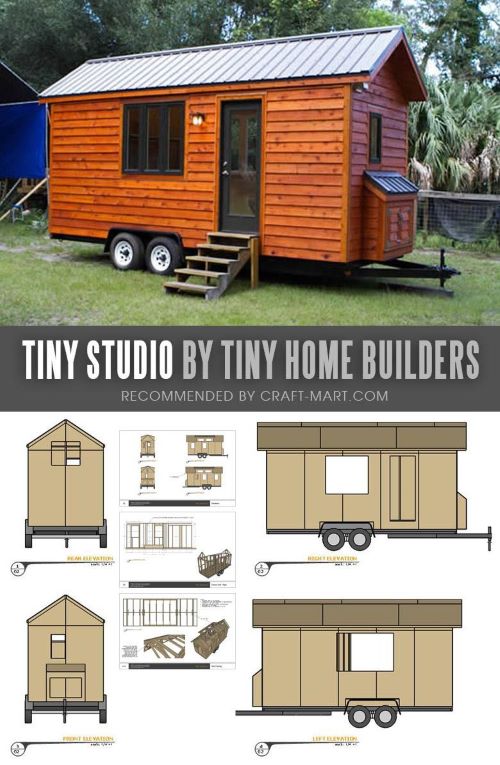
craft-mart.com
The trailer-designed micro homesteads are some of the most popular versions. They can be designed to fit with or without a porch, with dormer windows, and in a variety of outer wall materials and colors.
They can have some pretty amazing amenities, too, for such a small living space. You build a trailer home or have one made that features beautiful hardwood flooring, propane fireplaces, and plenty of storage.
It’s the way that every available inch is designed to maximize space that can make these homes feel larger and more comfortable. Some of the tricks of the trade with this style micro home include not closing in the area under a set of stairs that lead to loft bedrooms but rather leaving it open to use as a closet for clothing and shoes.
Using things like a composting toilet can save money and make this kind of home self-sufficient. These homes vary in size but can easily be moved from one parcel of land to the next by simply pulling the home with a truck.
Log cabin micro homesteads are also very popular. These homes can vary in wall thickness. To make sure that your living space stays warm in the winter and cool in the summer, you’ll want to build or have one made that allows insulation to be placed in the walls.
Insulation is not a given in any micro home, so you’ll have to make sure you cover that yourself or make it a stipulation when it’s built. These can be built with single or double loft bedrooms and can be built from a kit.
But, these can also be built using logs from your land. You can choose to use an area where the growth needs thinning. Once you choose the logs, you’ll have to strip off the bark for the logs to be viable as walls for your structure.
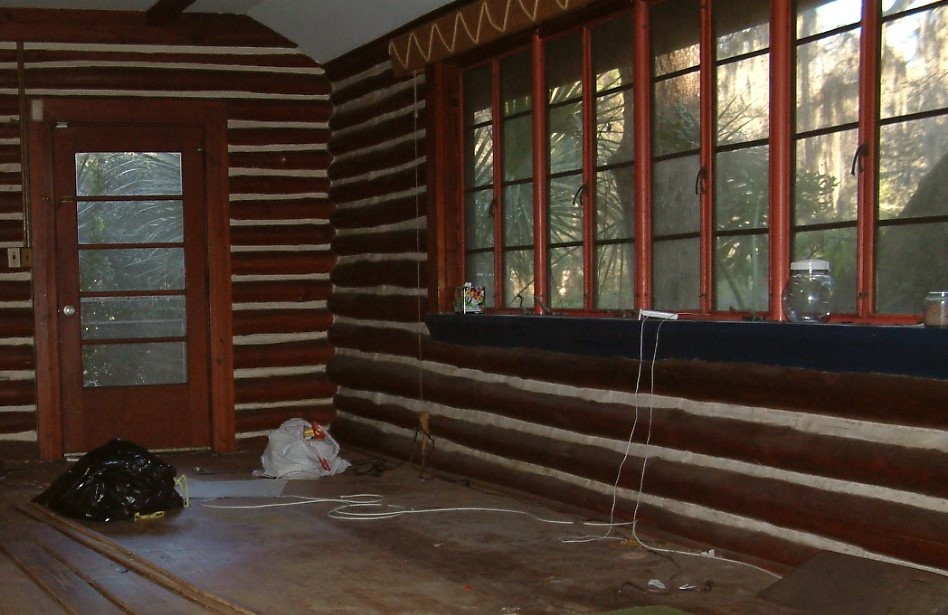
After you gather your materials, you’re ready to draw up your plans or have them designed for you. Building a log cabin micro home is probably one of the cheaper routes to go because by using materials from nature, you can keep the cost down. A log cabin micro home can be built for between $500 to $1,000 if you keep the design simple.
Shipping Container Homes: How to Build Your Dream Home Using Containers. Everything You Need To Know. The Most Complete Guide For Beginners With Amazing Ideas, Plans, and Designs.
Find out how to build the sturdiest, cheapest, and most ecological house ever using shipping containers.
Shipping containers can also be used for microhomesteading. You can purchase these from the shipping company at reasonable rates. When a container gets dinged in shipping, it can be perfectly usable for homesteading, but not fit the qualifications most shipping companies have in place. So you can get a bargain.
Building a comfortable home with just over 100 square feet of space is feasible. Shipping containers have some height, which can be used to add touches like a loft bedroom or even a skylight.
Drywall, carpet, or hardwood flooring can be added to the container home. Small portable steps can lead from one level to the next, creating levels inside the home.
Any of these types of homes listed can have electricity or be powered by solar panels, allowing for a complete living-off-the-grid lifestyle.
How To Safely Install and Maintain Your Own Blackout-Free System. Go from Zero Know-How to Zero Electricity Bills.
🔌 Plug Into Freedom! Instant Access to an Amazing VIDEO COURSE BONUS When You Grab Your Solar Power Bible Today - Say Goodbye to Power Bills Forever!"
Imagine having access to a proven method, full of pictures, diagrams, examples and case studies, that will lead you by the hand from purchasing materials to applying for legal permits ... all the way to the complete installation of your solar panels.
"Off Grid Solar Power Bible" is for you if:
✓ You are tired of giving your money away to the power companies.
✓ You're fed up with power outages that leave you in the dark just as you're watching the game
✓ You want to shout "Goodbye!" to the power grid and embrace energy independence
Author Caleb Stone wrote this book for people like you who want to make a difference without going crazy with mathematical formulas and incomprehensible instructions.
Here's what you'll learn:
✅ BOOK 1 - Off Grid Living: Discover the 7 pillars of Off Grid and how to reconnect to the things that really matter. Prepare to disconnect from the power grid and embrace a more authentic lifestyle!
✅ BOOK 2 - Urban Off-Grid Living: Yes, it is possible to live off-grid, even in the city! Discover 5 small American cities perfect for an off-grid experience and 3 case studies of people who have realized their dream
✅ BOOK 3 - Solar Power Made Simple: Unlock the secrets of solar power, the ABCs of electricity, and everything you need to know about batteries, charge controllers, and inverters
✅ BOOK 4 - Design Your Off-Grid Solar Power System: Learn how to size your solar system, place panels, batteries, and inverters, and why wiring is so important
✅ BOOK 5 - Off-Grid Solar Power Installation: Navigate the legal aspects and learn how to install solar panels, batteries, inverters, and charge controllers like a pro
✅ BOOK 6 - Off-Grid Solar Power Maintenance: Find out how to take care of your solar panels, batteries, inverters, and charge controllers, 6 foolproof tips to solve problems and the real cost of their maintenance
✅ BOOK 7 – Small-Scale Solar Power: Expand your horizons with mobile solar power for vehicles like RVs, vans, and boats. Transform your life on the go with renewable and sustainable energy!
If you're ready to embark on installing your own DIY solar panels...
... then go back to the top of the page, click on the "Buy Now" button, and join the movement of people who want to save their earth while achieving energy independence and giving their utility bills a clean break.
The Pros of a Micro Homestead
You’ll find that there is an abundance of pros when it comes to living on a micro homestead. First, you’ll end up with more space to use for gardening so that you can grow food that enables you to live off the land.
No more having to worry about getting to the grocery store and paying those expensive prices. You’ll be able to grow the food that you need not only for your current use, but you’ll be able to can and set aside food for the months that your garden isn’t growing.
Maybe your well been contaminated, or it may not support you and your family within a few short years. Have you always dreamed of harvesting rainwater for your home, garden and livestock, but you’re feeling overwhelmed and confused?
By living on a micro homestead, you can live a life that’s sustainable by your own efforts. If you created a balance between what you can grow and what you can’t by having animals such as chickens or other small animals, you can create a cycle of homesteading that will meet your needs.
Micro homesteading allows you to have more land room so that you can practice crop rotation. This lets you have unused areas so that you can continually produce good food crops.
When you homestead, look for land that gives you access to fresh water off the grid or allows you to have the room to set up a rainwater collection system. This system will provide you with the water you need to take care of the crops, your own water needs, as well as any animals that you might have, yet still keep you off the grid.
Mini Farming: Self-Sufficiency on 1/4 Acre.
Mini Farming describes a holistic approach to small-area farming that will show you how to produce 85 percent of an average family’s food on just a quarter acre—and earn $10,000 in cash annually while spending less than half the time that an ordinary job would require.
With a micro homestead, you can work the land that you live on to make it produce for you. But you don’t have to have this option. You can also work on rented land.
There are many instances where people own land and need it farmed by someone else. By setting up on rented land, you can use your portion of the crops to feed your needs without having the high cost of buying land.
Living on rented land gives you the choice to move on if you’d like to live in another state. Homesteading this way gives you a comfortable place to stay. Plus, it’s an inexpensive lifestyle.
You won’t be burdened with utility bills or all of the other cost of living bills that hang on to other people. Micro homesteading is minimalist living that, instead of chasing a life allows you to actually live one.
The Cons of a Micro Homestead
Minimalistic living isn’t for everyone, regardless of how much they might want the lifestyle. Larger families can find this type of living very difficult and trying on their relationships because there’s simply not enough room for everyone to have a space to have some privacy.
But it can also be rough on smaller families that just don’t like the kind of lifestyle that calls for letting go of some material possessions. Living in a micro home can require some adjusting of living space layout.
For example, if your kitchen area has a fold-away table and you need the space to double as an office, then shifting things around can get trying during those times when you’re in a hurry or tired.
You won’t be able to keep the amount of things you once had that you feel like made your life easier. There won’t be room to keep all the cooking utensils or variety of other kitchen items that you may have been used to.
Some people can go through a short period of adjustment and they end up liking the micro living. Others can’t take feeling more confined once they downsize. Not having room for entertaining or room for guests to sleep over can be a problem for some people.
Also, extended family members might oppose micro living and if they’re vocal about it, this can lead to family tensions. Depending on the location where you place your micro home, you may end up feeling that you live too far away from amenities that you’re used to.
While micro homesteading can be a peaceful, self-sustaining way of living, it’s simply not a good fit for everyone.
Why Use a Micro Homestead
The world is poised for a financial breakdown. And for a food shortage. Water shortages are already going on right now in various states. There are rolling blackouts in some states because the electric grid can’t keep up with the demand.
These are all warning signs that the collapse of the kind of life everyone is used to living isn’t far off. For people who rely on the grid to make it through their day to day lives, a collapse is going to throw them into a tailspin of incredible stress.
The End Of The World As We Know It (TEOTWAWKI) is not just a doom-and-gloom prophecy — it’s a very likely possibility. Are you prepared for what’s coming? In just the past few years, the world has faced natural disasters, pandemics, war, major power outages, and economic instability… and many more are going to happen in the coming years. It’s only a matter of time before a disaster situation hits close to home… GREAT CONSISE SHTF BOOK
But for people who use a micro homestead, regardless of what happens or doesn’t happen in any other state or all over the world, life will still continue to go on peacefully.
And if they don’t like the condition of the state that they’re living in, they can simply move to another area. Because they’re already used to providing for their own needs, they’ll be able to continue to grow and harvest their own food.
They’ll continue to be able to eat even when the nation’s food supplies dwindle. When the electric grids begin to crash one by one without any timeline of when or even if they may be back up and operational, people who live in a micro homestead won’t have that same worry.
Because they use self sustaining means to take care of their electric needs, they’ll be able to keep on doing what they need to do. When water supplies become dysfunctional, this won’t impact those who practice micro homesteading.
It won’t impact them because they’re already used to fending for themselves with the water supply. They have rain barrels set up to take care of their water needs. Or they use a fresh supply of water from the land.
As sewer systems fail and garbage can’t be hauled away, those who live on the grid will find that life has become not only unpleasant and also very unsanitary.
Those who have a micro homesteading lifestyle won’t even feel the ripple from that. They’ll be able to go to bed and sleep without worry, then rise the next morning and do what they’ve been used to doing. Enjoying life.


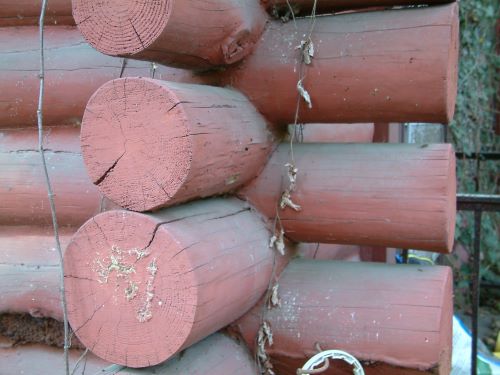

![The Off Grid Solar Power Bible: [7 in 1] Easy Illustrated DIY Guide + VIDEO COURSE](https://m.media-amazon.com/images/I/51z5FTMbpAL._SL500_.jpg)


